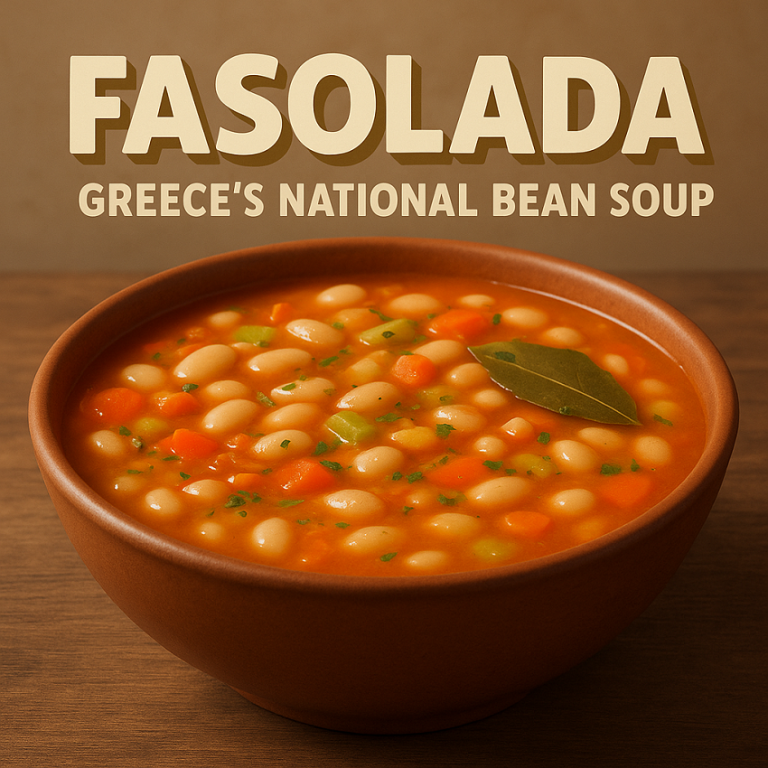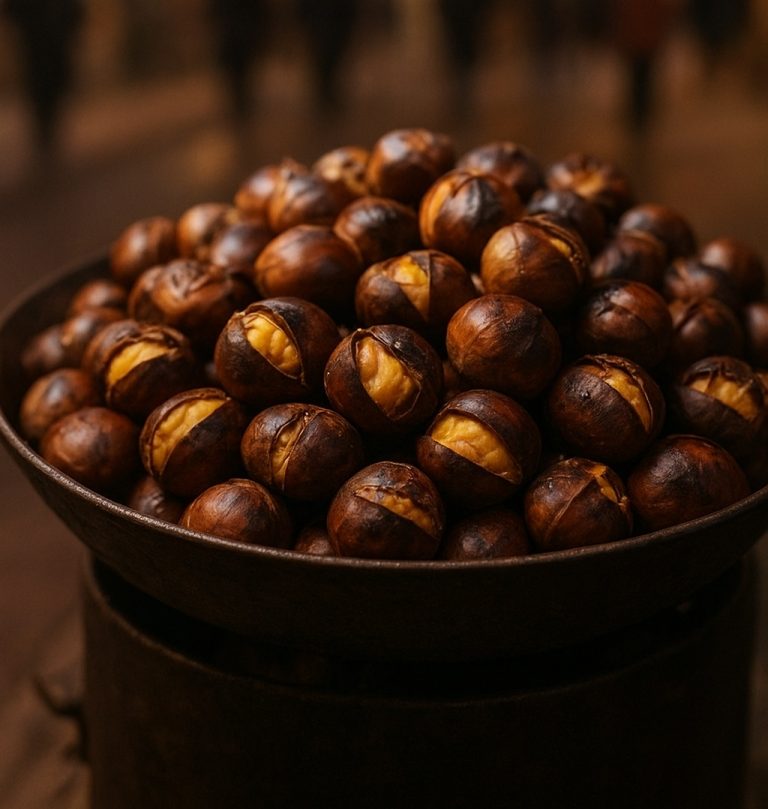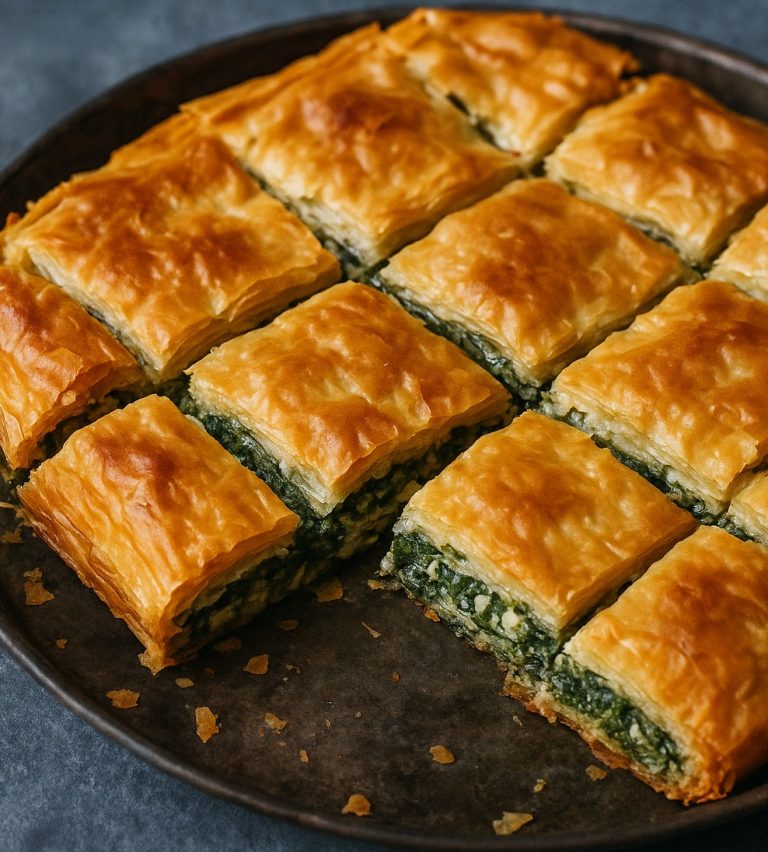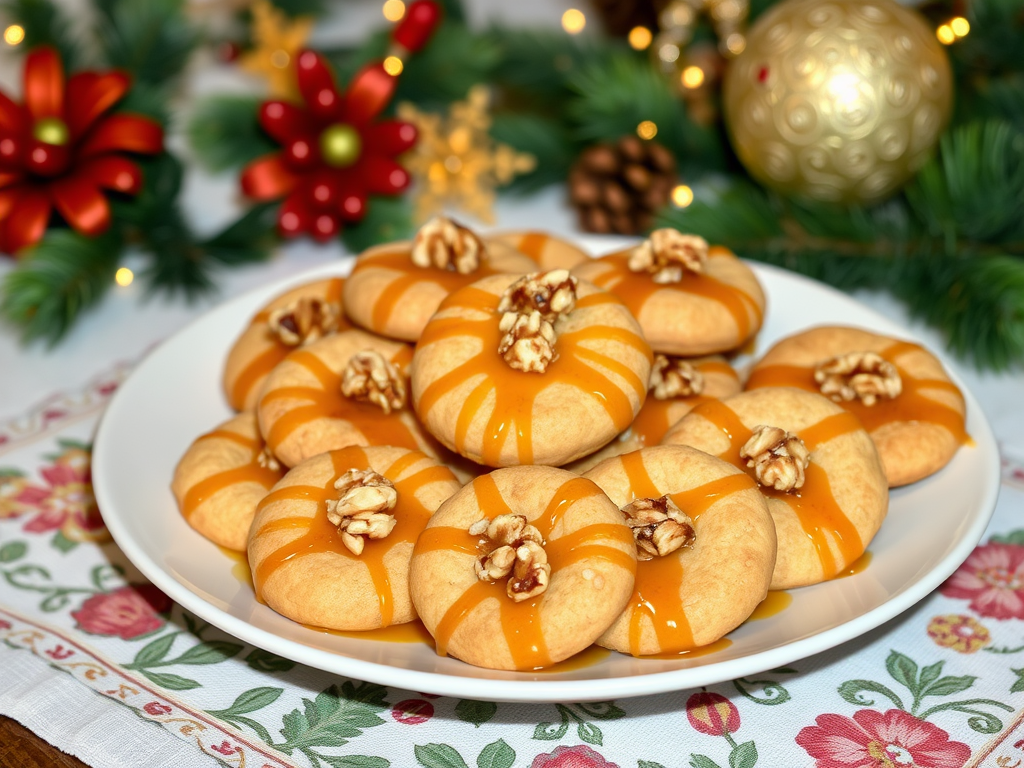
Melomakarona are traditional Greek cookies, especially popular during the Christmas season. These delightful treats are known for their rich flavors and unique texture, making them a beloved staple in many Greek households. Let’s delve deeper into their history, ingredients, preparation, and significance in Greek culture.
History
The origins of melomakarona can be traced back to ancient Greece, where they were associated with various winter solstice celebrations. Originally made to honor the dead, these cookies symbolized the cycle of life and renewal. Over time, they evolved into a festive treat enjoyed during Christmas. The name “melomakarona” itself derives from the Greek words “melo,” meaning honey, and “makarona,” which refers to a type of sweet.
In modern Greece, melomakarona are often prepared in large batches, with families sharing them with neighbors and friends. This tradition of giving reflects the Greek value of hospitality (philoxenia), which emphasizes kindness and generosity toward others.
Ingredients
Melomakarona are made with simple yet flavorful ingredients that come together to create a harmonious blend of taste and texture:
- Flour: The base for the cookies, providing structure.
- Olive Oil: A healthier fat option that adds moisture and richness, aligning with the Mediterranean diet.
- Sugar: Typically granulated or brown sugar, contributing sweetness.
- Honey: A key ingredient for sweetness and flavor, giving melomakarona their characteristic taste and a touch of floral notes.
- Spices: Cinnamon and nutmeg are commonly used, adding warmth and depth to the cookies.
- Walnuts: Chopped walnuts are often sprinkled on top for added texture and a nutty flavor that complements the sweetness.
Preparation
1. Mixing the Dough
The dough for melomakarona is typically made by combining flour, olive oil, sugar, and spices in a large mixing bowl. The ingredients are mixed until a smooth and pliable dough forms. Some recipes also include orange juice or zest, adding a citrusy brightness to the flavor profile.
2. Shaping the Cookies
Once the dough is ready, it is shaped into oval forms, about the size of an egg. This distinctive shape is part of what makes melomakarona so recognizable. The cookies can also be lightly scored with a fork to create decorative patterns.
3. Baking
The shaped cookies are then baked in a preheated oven until they are golden brown. This step is crucial, as it ensures a crispy exterior while maintaining a soft, moist interior. The aroma of baking melomakarona fills the home with a warm, inviting scent that is hard to resist.
4. Soaking in Syrup
After baking, the cookies are removed from the oven and immediately dipped in a warm syrup made from honey and water, sometimes flavored with a hint of cinnamon or lemon. This syrup not only sweetens the cookies but also keeps them moist and adds a glossy finish.
5. Topping
Finally, the melomakarona are generously topped with chopped walnuts, enhancing their crunch and providing a nutty flavor that beautifully complements the sweetness of the honey.
Significance in Greek Culture
Melomakarona hold a special place in Greek culture, particularly during the Christmas season. They are often prepared alongside other traditional sweets, such as kourabiedes (butter cookies dusted with powdered sugar). Families may spend time together making these treats, creating cherished memories in the kitchen.
These cookies symbolize sharing and generosity, as they are commonly given as gifts to friends, family, and neighbors. The act of sharing melomakarona reflects the Greek value of community and connection, especially during the holiday season.
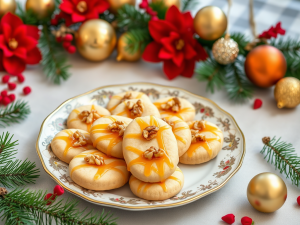
Variations
While traditional melomakarona are made with walnuts, there are regional variations that incorporate other nuts or spices. Some families may add chocolate chips or use almond flour for a gluten-free version. Regardless of the variation, the essence of melomakarona remains the same: a delicious, sweet treat that brings people together.
Enjoying Melomakarona
Melomakarona are typically enjoyed with coffee or tea and are often served on festive occasions. Their combination of flavors and textures makes them a delightful treat that embodies the spirit of Greek hospitality. Whether during Christmas celebrations or throughout the year, melomakarona are a beloved indulgence.
Conclusion
Melomakarona are more than just cookies; they are a symbol of Greek culture and tradition. With their rich history, simple yet flavorful ingredients, and significance in community gatherings, these sweet bites offer a taste of history and a connection to the warmth of home and family. If you haven’t tried making them yet, now is the perfect time to embrace this delicious tradition and share the joy of melomakarona with loved ones.
